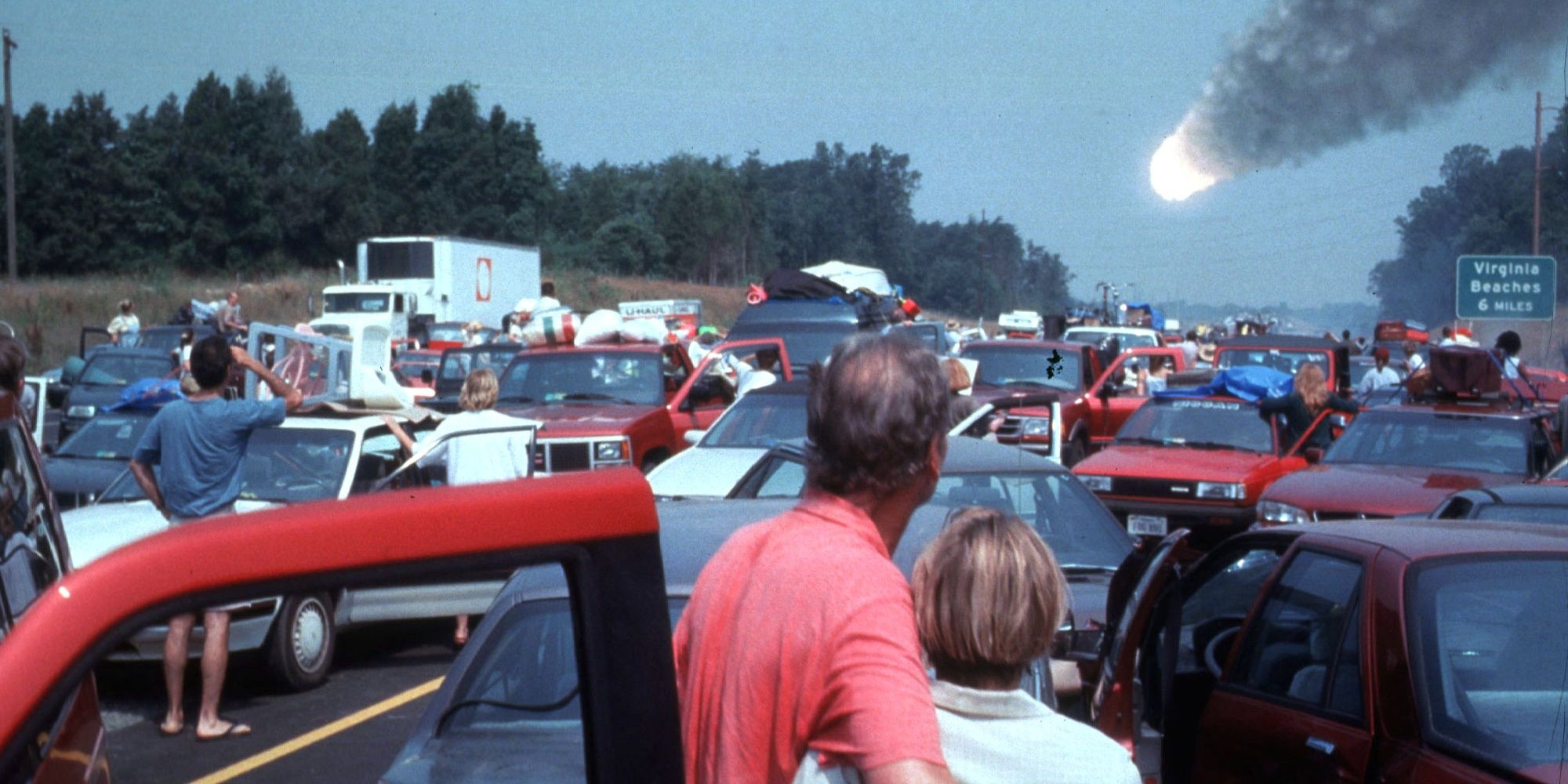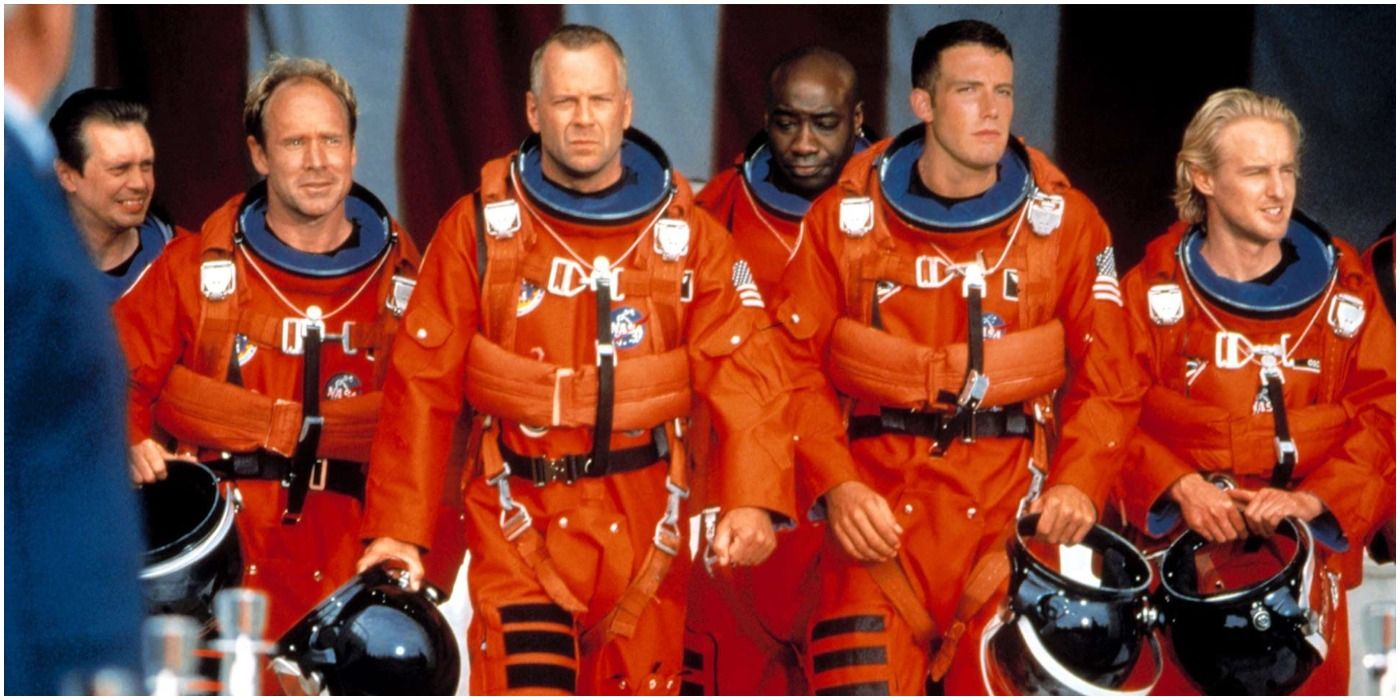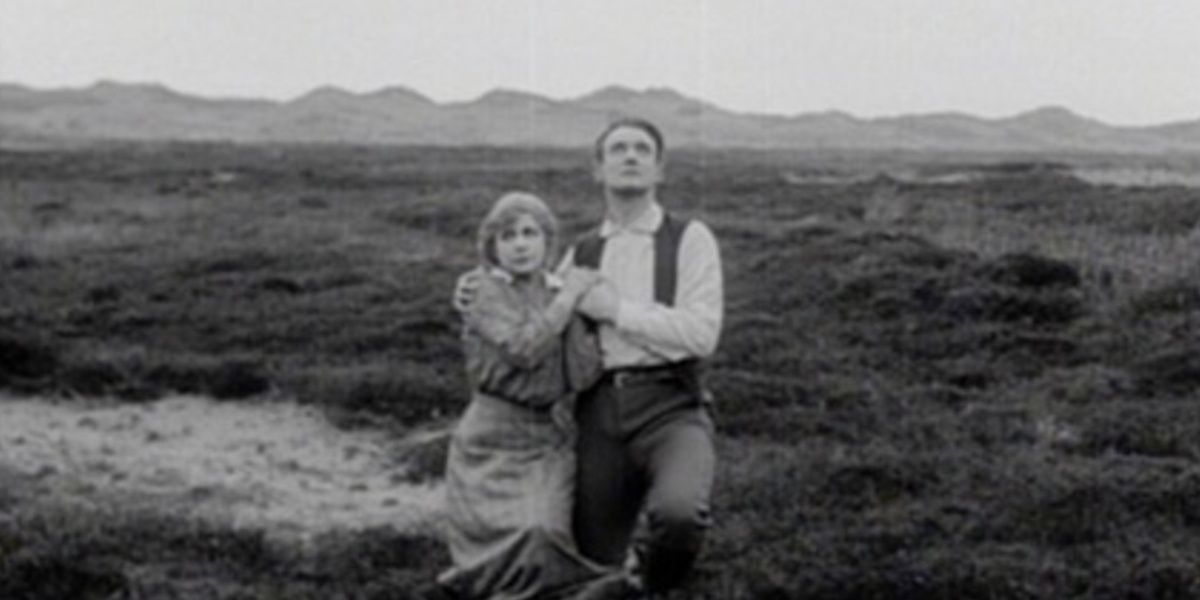Since mankind could conceive of outer space, one simple fear has plagued our minds. What if something really big fell from the heavens and wiped it all away? No aliens to fight, no evil mastermind, no science experiment gone wrong. Just Earth, a million-ton space rock, and the end of all things.
Science fiction horror comes in all shapes and sizes, but it's often the genre most concerned with the end of the world. When the work is dealing with a more universal scale, a thousand worlds can end within a single story. When the scale is more domestic, however, there are a few go-to ways sci-fi authors love to use as shorthand for the apocalypse.
There is perhaps no simpler trope in science fiction. The giant meteor is what it says on the tin. A piece of a comet or an asteroid that once orbited the sun breaks and gets caught up in Earth's gravity. As it enters the atmosphere, it reaches terminal velocity. When it hits the surface, it does so with cataclysmic force. The first recorded meteor strike witnessed by a person was in 1064, near Changzhou, China. Shen Kuo reported the sights, the sound, and his findings in the resulting crater. There are a few cases of meteorites landing in Europe in the 1400s to be studied by scientists. In 1980, a team of award-winning scientists concluded that the age of the dinosaurs ended in an impact event. Those elements, along with mankind's general fear of the endless unknown that makes up outer space led to a tradition of tales about things falling from the sky.
In 1897, H. G. Wells put out The Star, a short story that, in many ways, codified the apocalyptic sci-fi genre. Inspired in part by Jules Verne's 1877 work Off on a Comet, the brief tale also brought the "impact event" sci-fi story to the mainstream, despite not technically including a meteor. Instead, as the title suggests, Wells tells the story of a rogue star that burns a swath of destruction through the galaxy as it hurtles towards Earth. The star is pulled gradually into the consumptive gravitational pull of our sun, and scientists predict the possibility of the end of the world. Luckily for mankind, the star passes by at a substantial distance, melting the polar ice caps and resulting in worldwide flooding. Rather than reducing the population and land mass to dust, it causes a series of natural disasters and a mass migration of mankind towards the poles. It's a more upbeat ending than one would expect, but it spawned something of a movement.
Almost exactly 100 years after the release of Verne's classic, Larry Niven produced a much darker take on the giant meteor concept with the fabulously titled Lucifer's Hammer. That work begins with its cataclysmic impact, due to the core of a newfound comet coming loose, breaking apart, and colliding with multiple large areas. Millions die in an instant, but billions die in the resulting natural disaster. It's truly grim and gritty apocalyptic sci-fi, focused more on the nightmarish breakdown of societal convention in the aftermath of the big one. Resource wars break out as large chunks of Earth become suddenly inhospitable. Remnants of military units forge alliances with criminal gangs and resort to cannibalism to survive, morphing gradually into something akin to a cult. The novel's heroes must sacrifice everything in a desperate attempt to unseat the new order and rebuild something like society. It's a messy story that is far from heartwarming, but it communicates its harsh tone well.
Film has long been a home for the terrifying tale of the giant meteor. In the midst of World War I, Danish filmmaker August Blom communicated his feelings about the experience through the early disaster movie The End of the World. The film was originally released in 1916, but received a special DVD repackaging in 2006, occasionally with the title The Flaming Sword. It's a striking piece of cinema, communicating its comet disaster through showers of sparks and flames. Early examples like The End of the World paved the way for the fated summer of 1998. With disaster movies at an all-time high, two giant meteor films dropped within a couple of months. Despite being very different films, Deep Impact and Armageddon owe a debt to a long history of sci-fi that came before them.
The giant meteor is often an easy shorthand for the apocalypse. It's the one people imagine when they don't want to put too much thought into the end. But, there have been countless takes on the concept from a ton of different writers. From wayward stars to man-made space debris, the simple idea belies its wide variety of executions. The giant meteor isn't going anywhere, so it's best to keep watching the sky.



